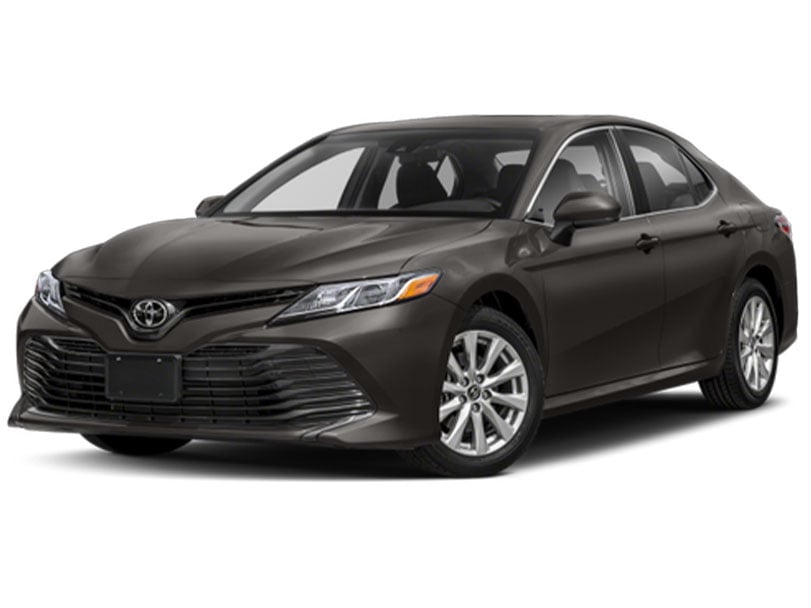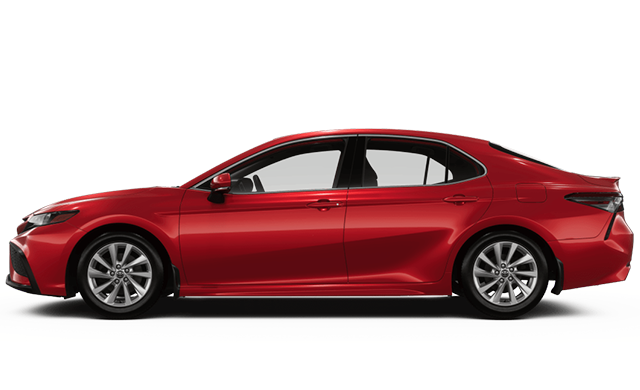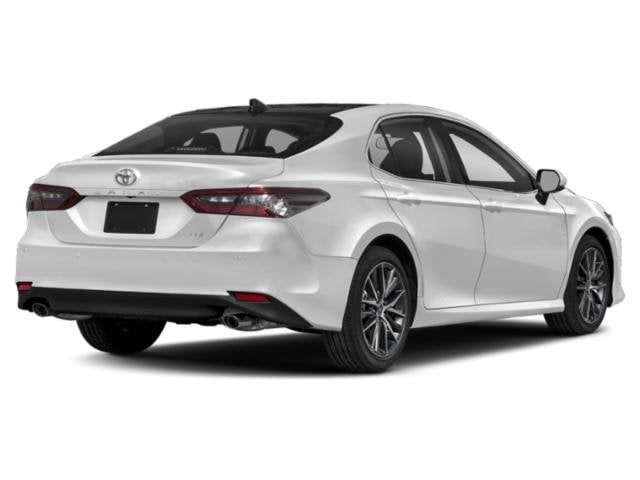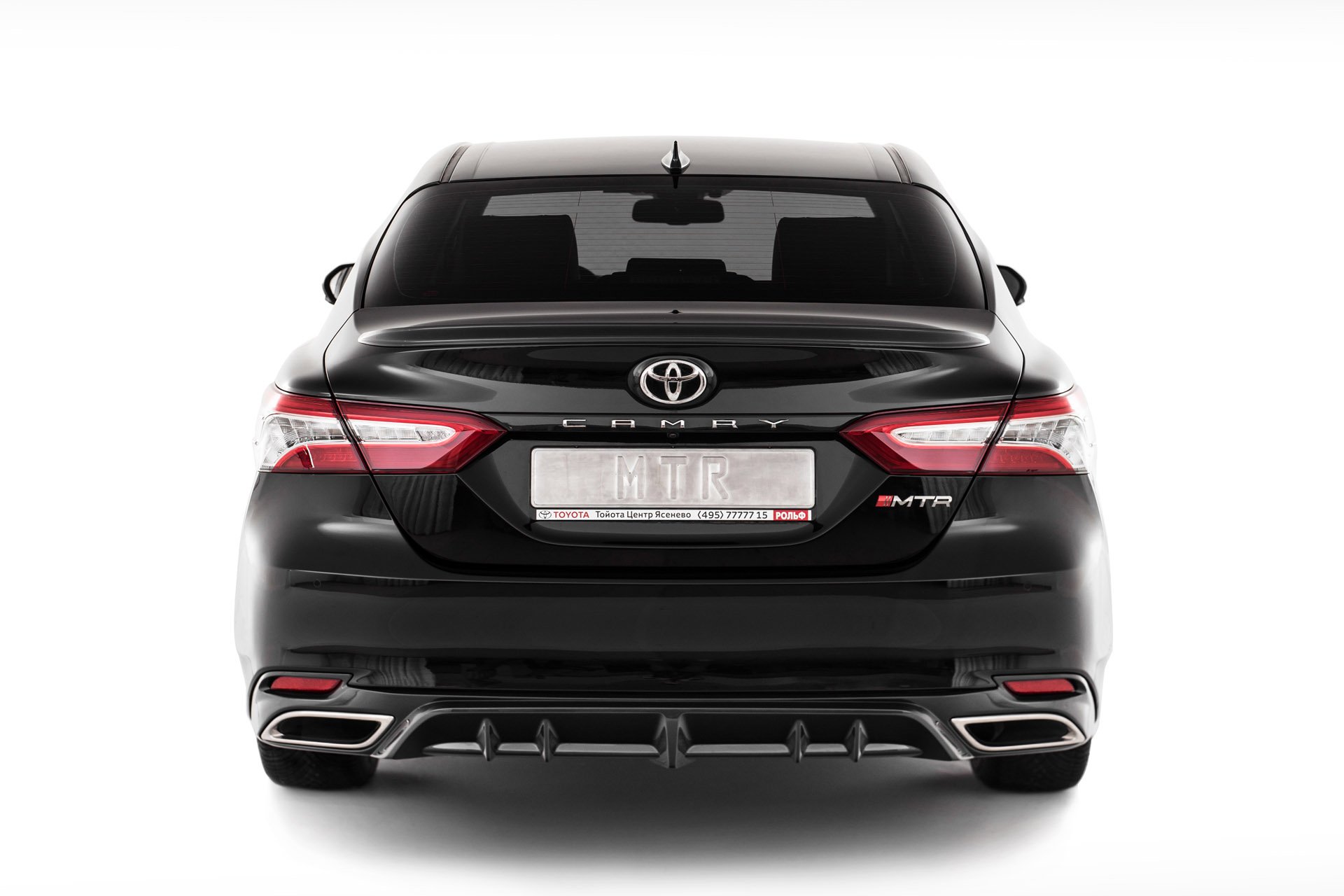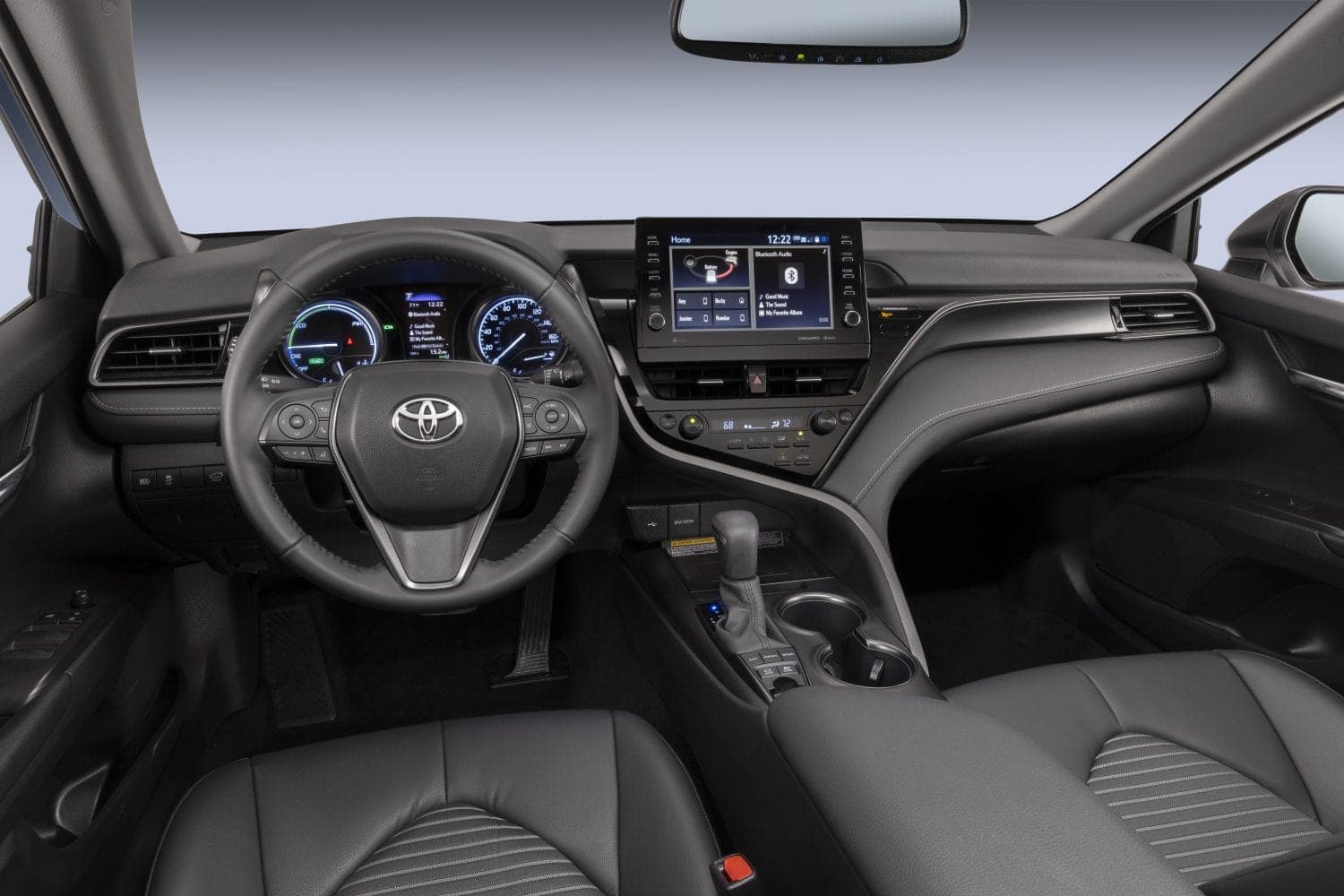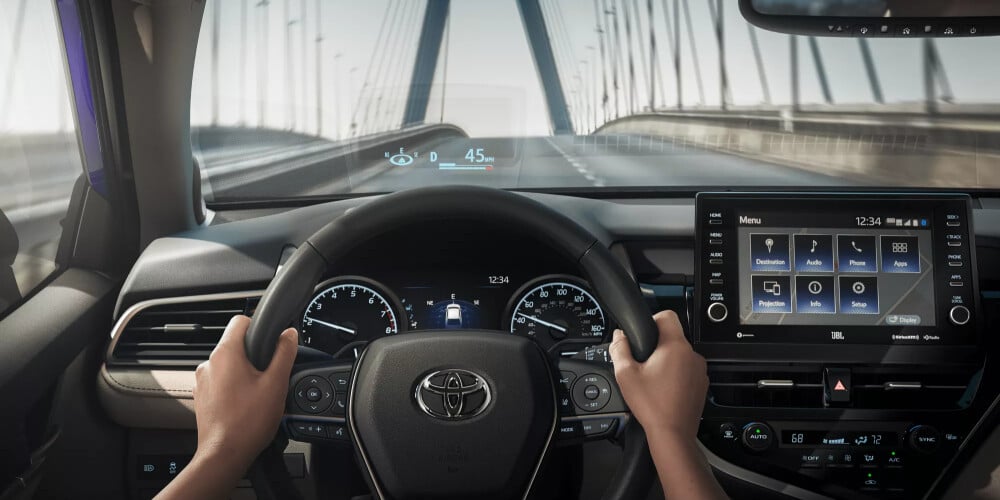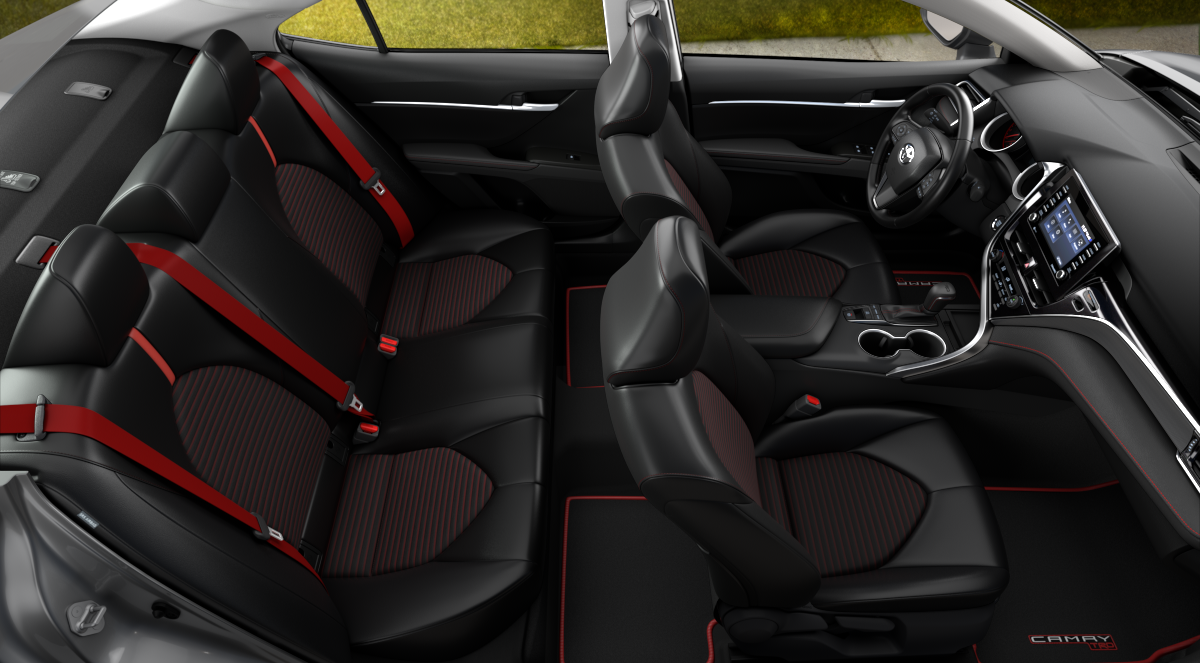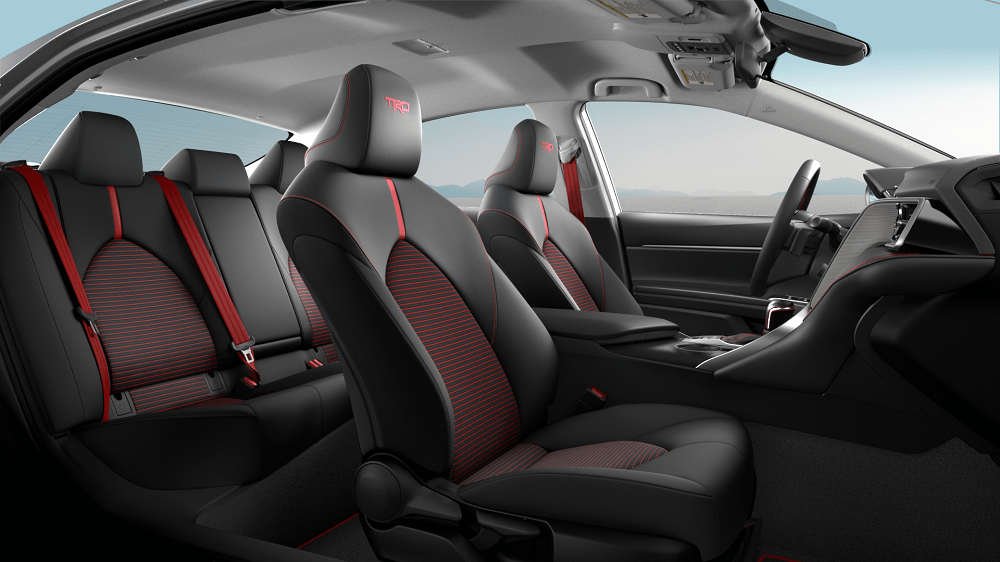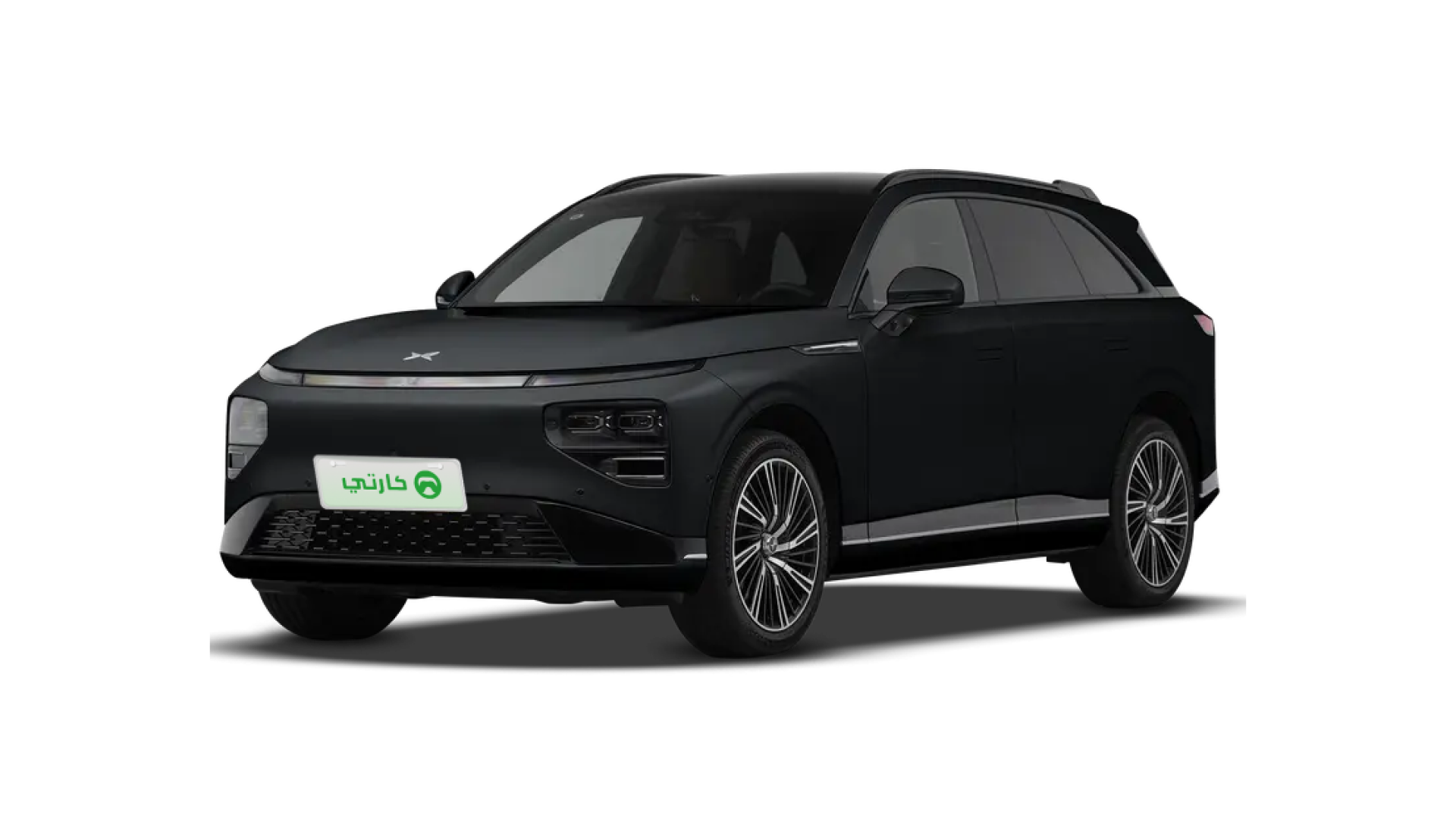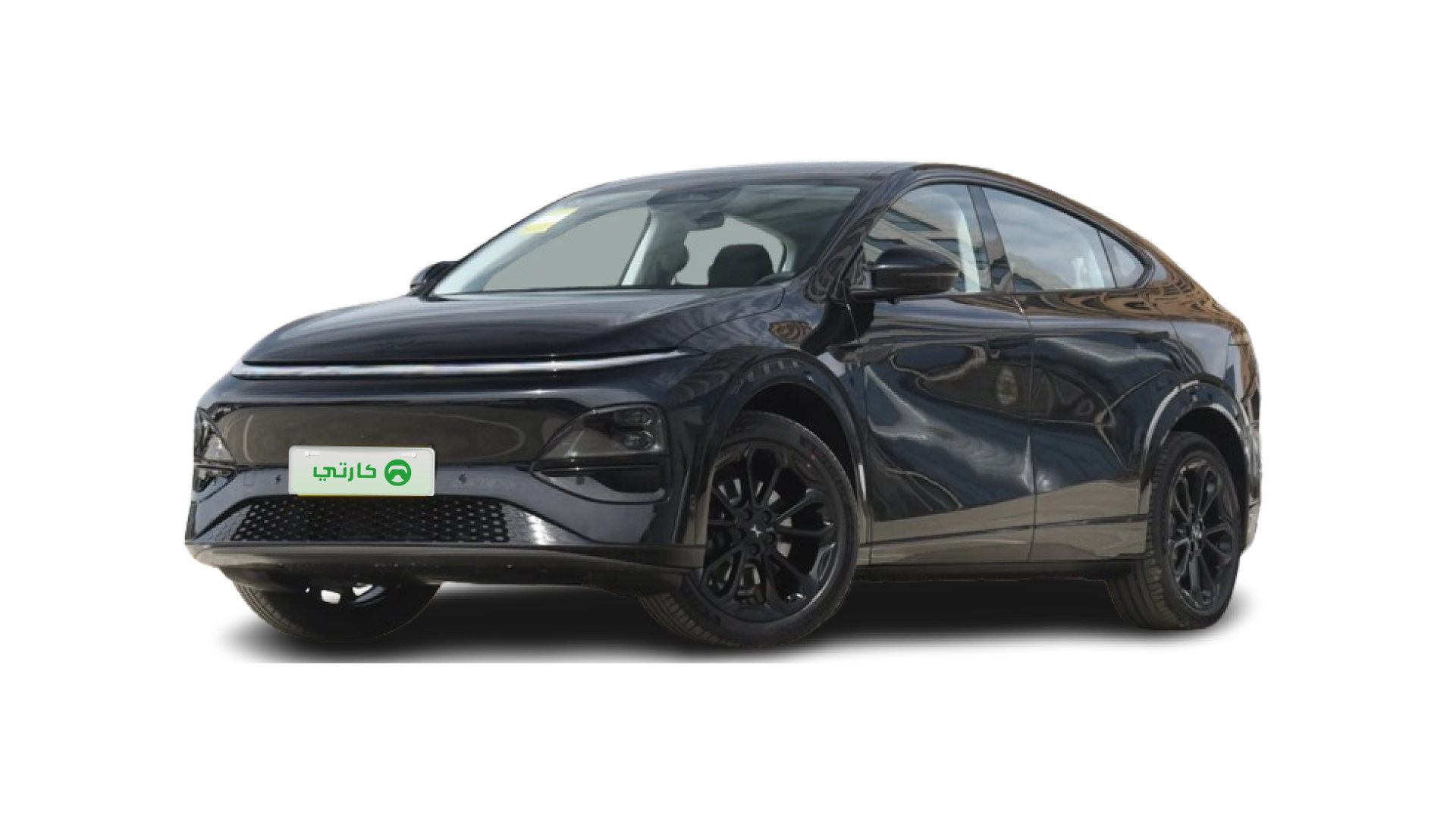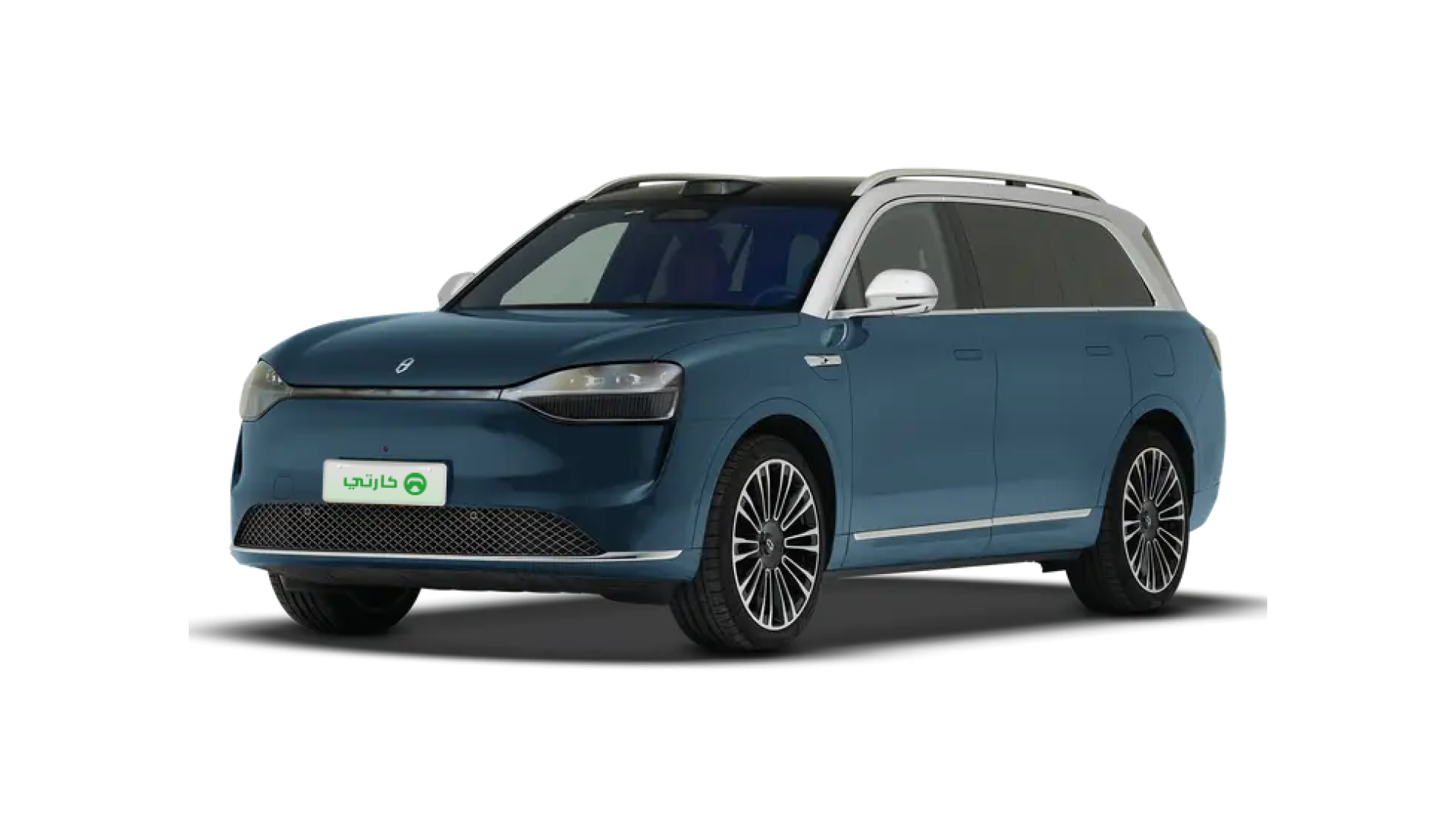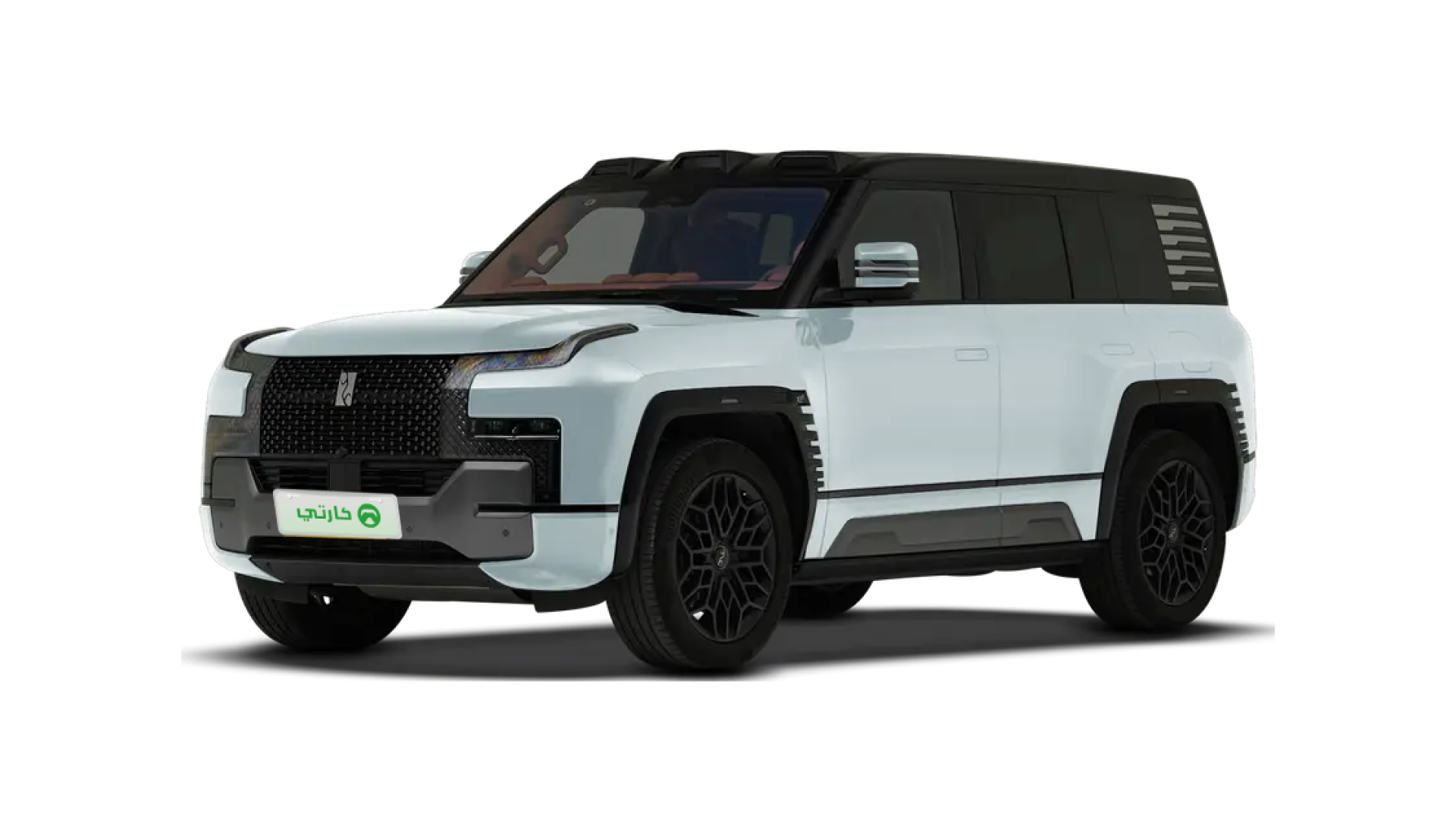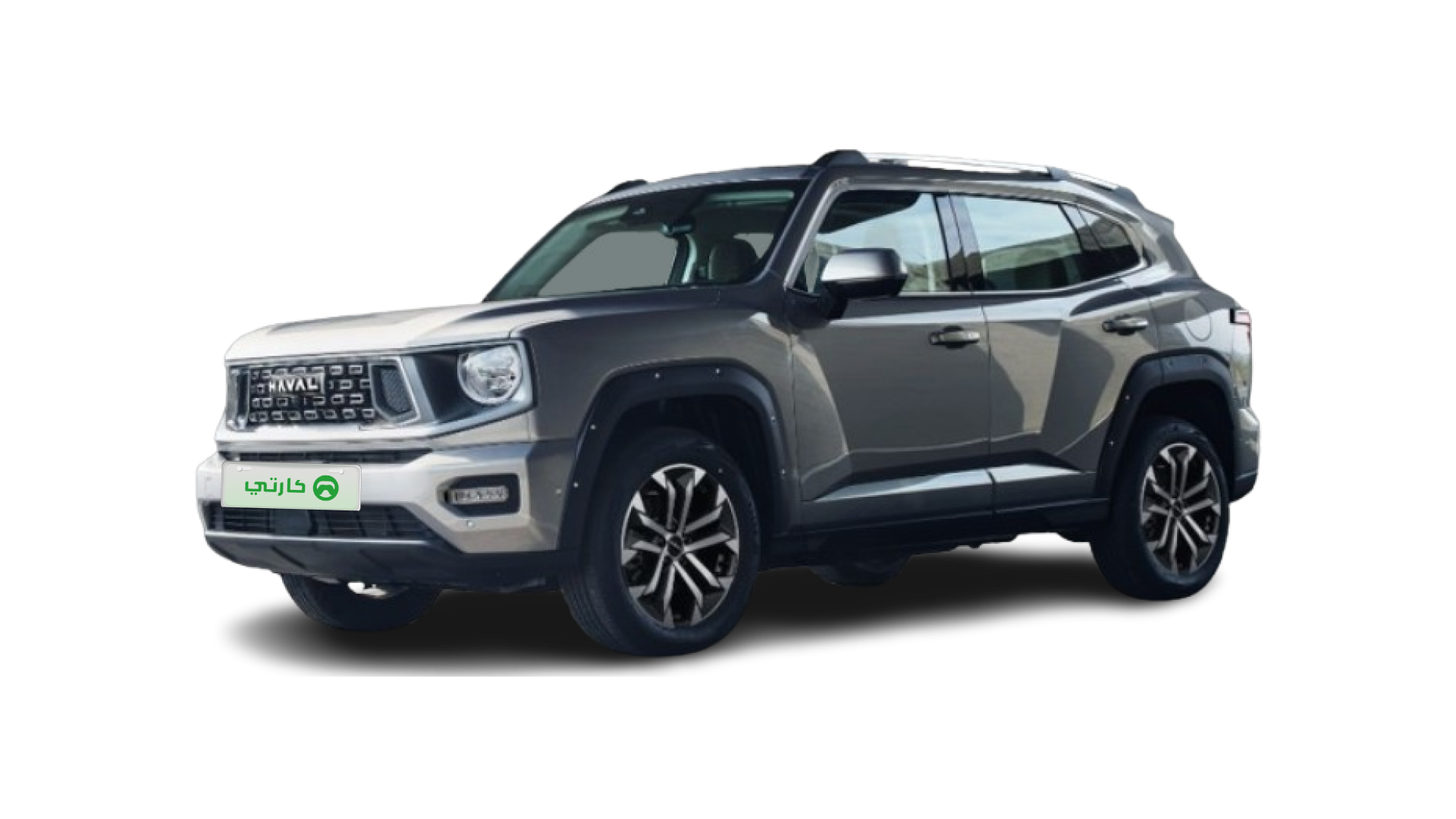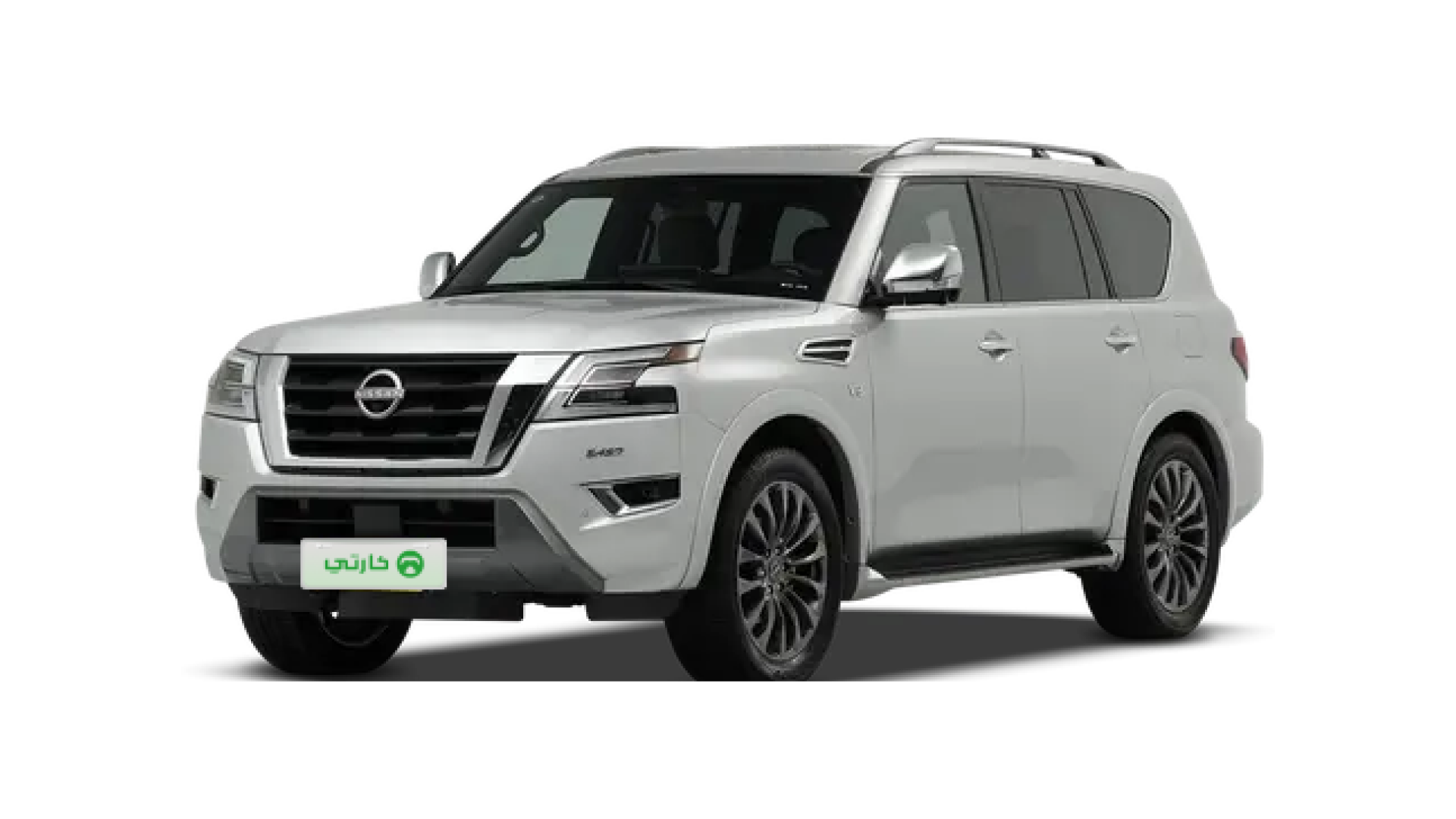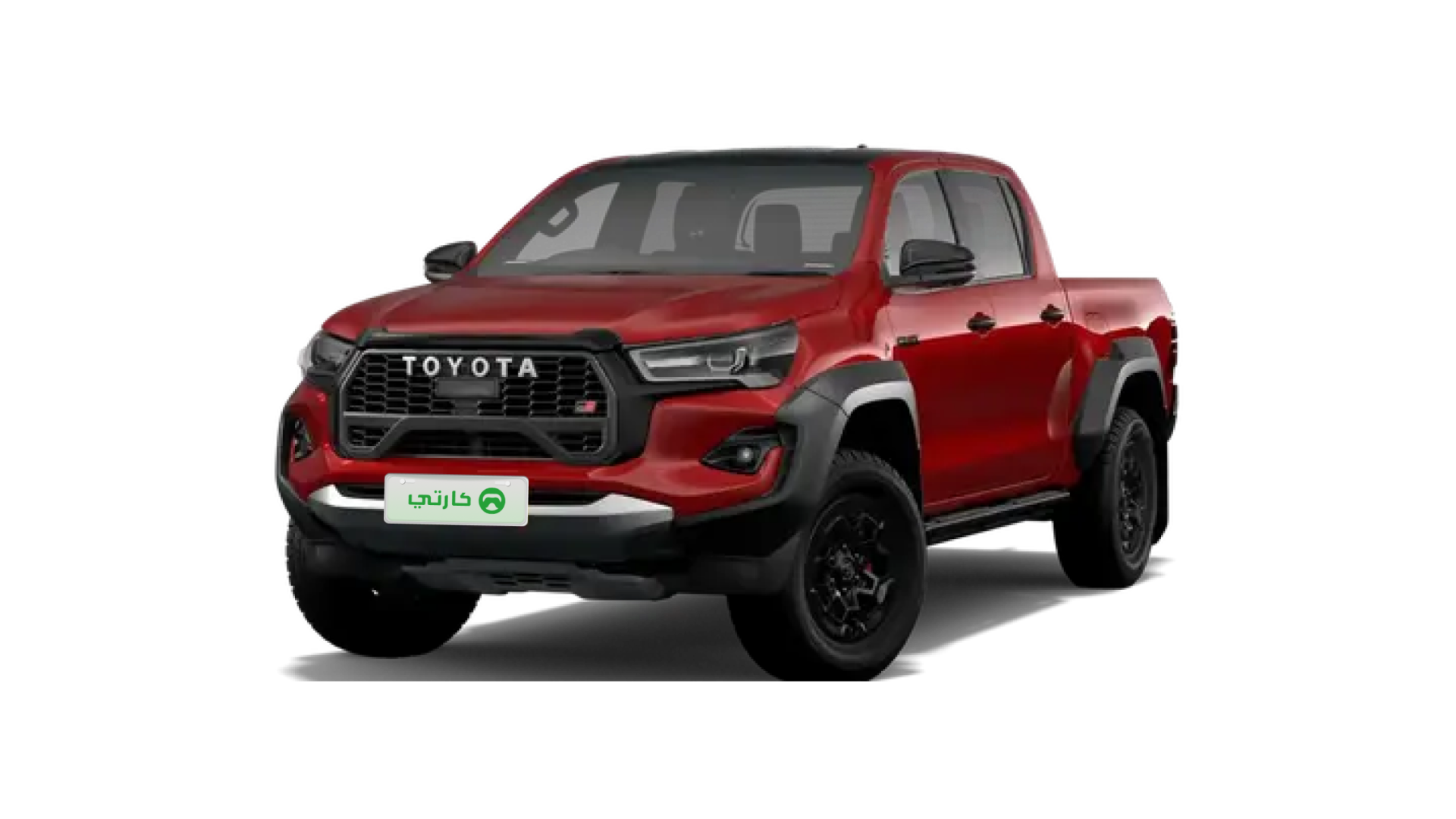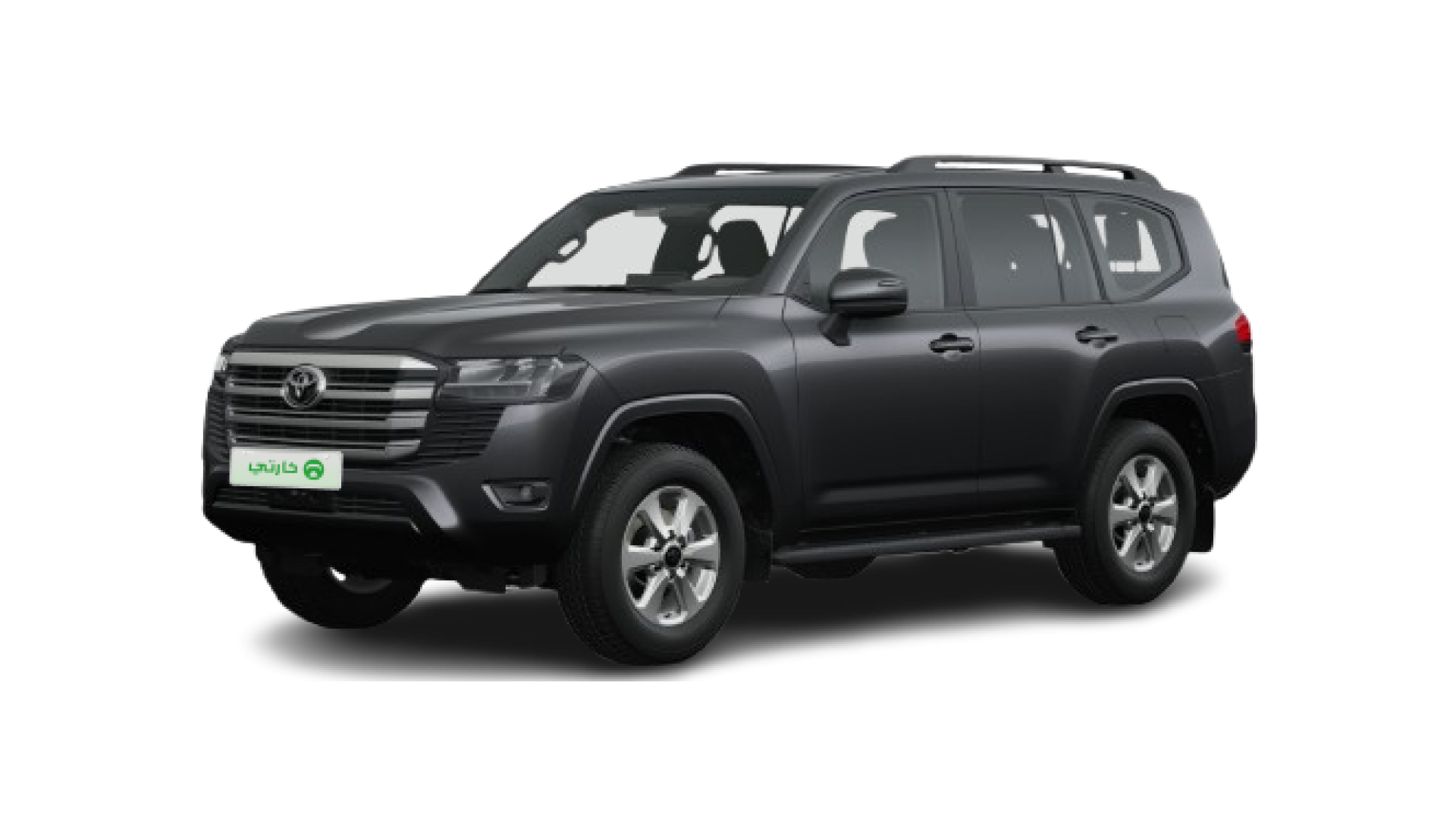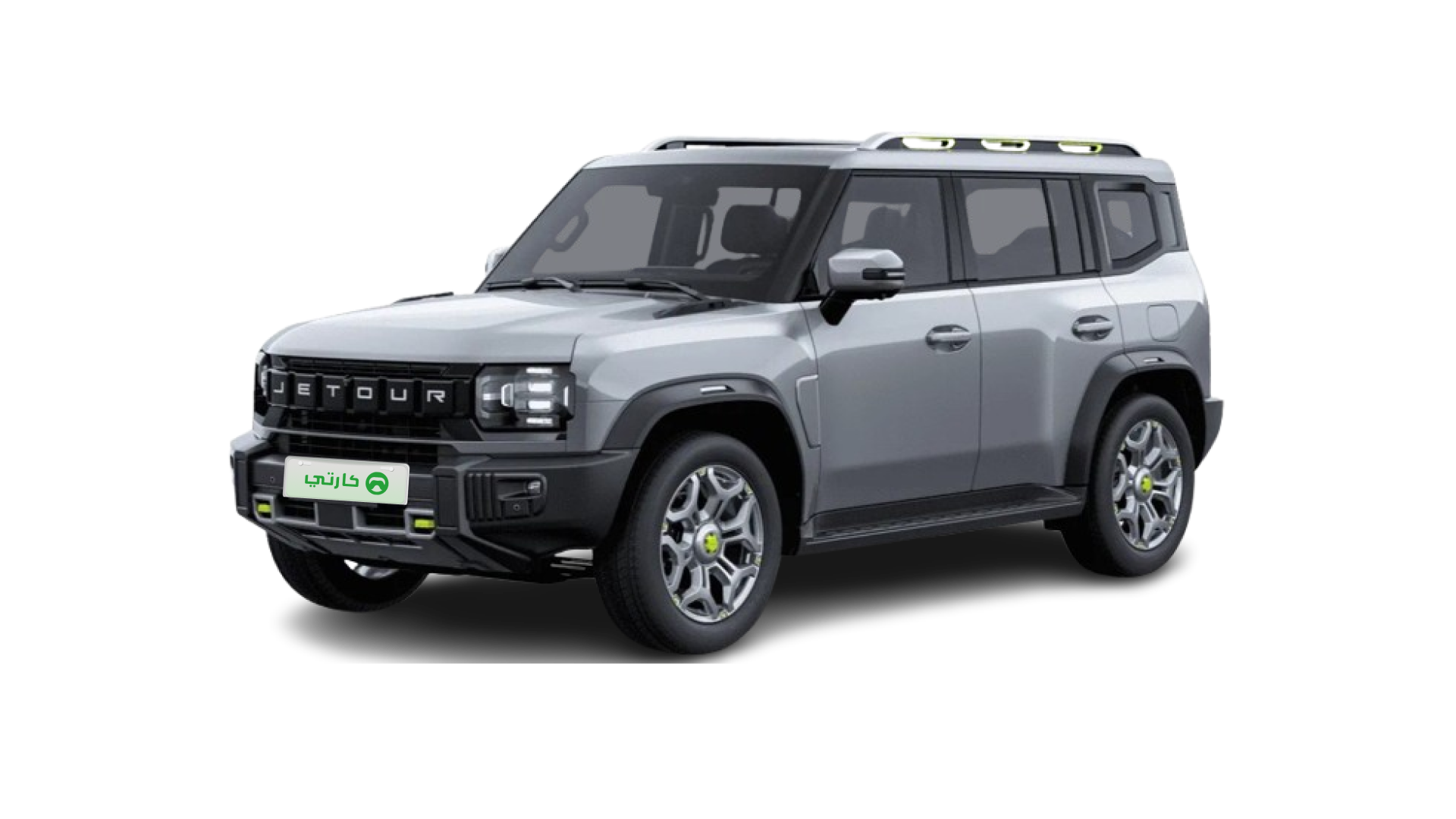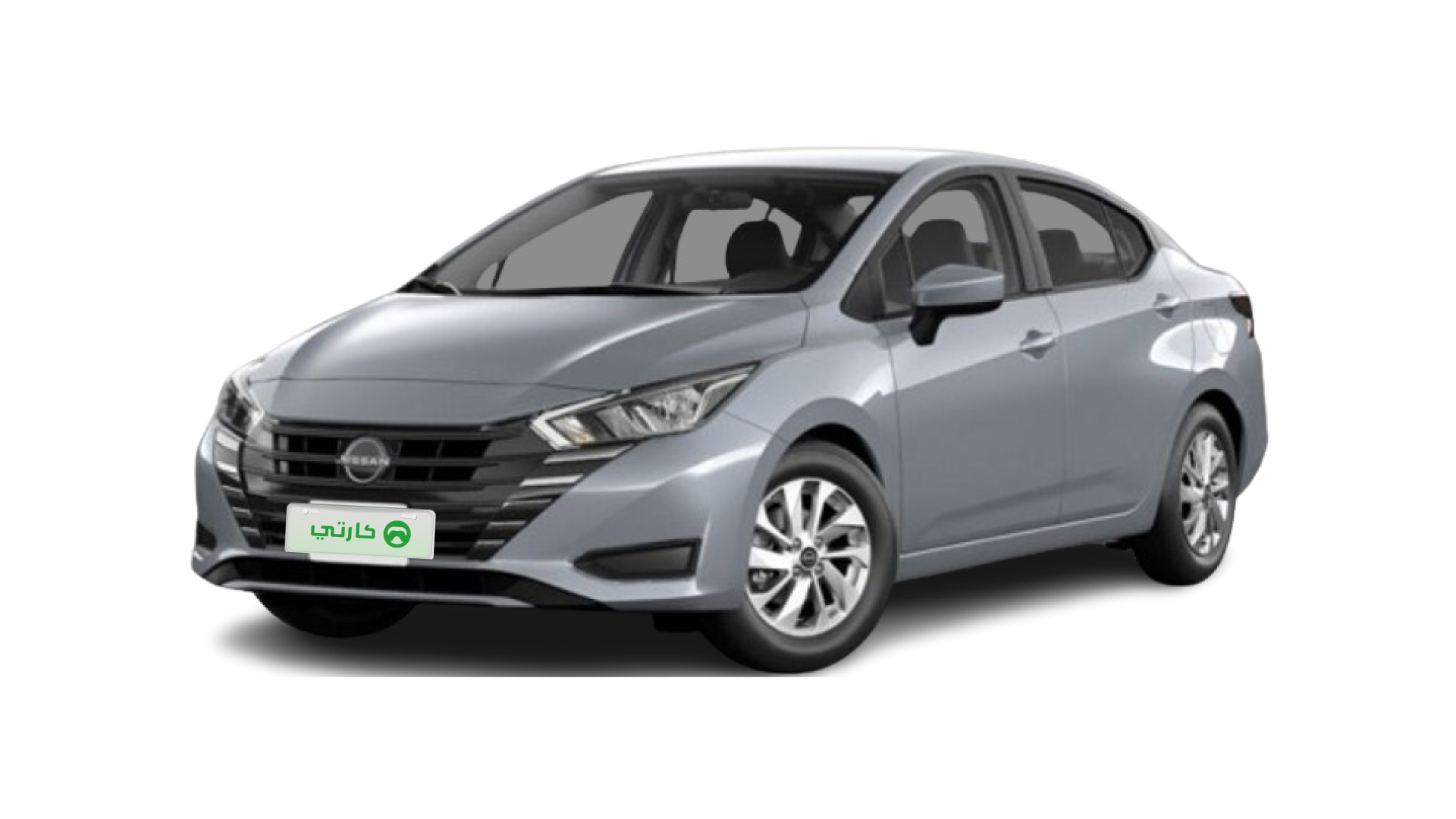Start your journey towards improved fuel economy with the 2025 Camry Hybrid! This guide is tailored for drivers in the GCC region looking to maximize their Camry Hybrid mileage while enjoying modern driving convenience. With clear tips and practical advice, you’ll quickly discover how to get the most out of your vehicle.
How to Improve Your Camry Hybrid's Fuel Economy
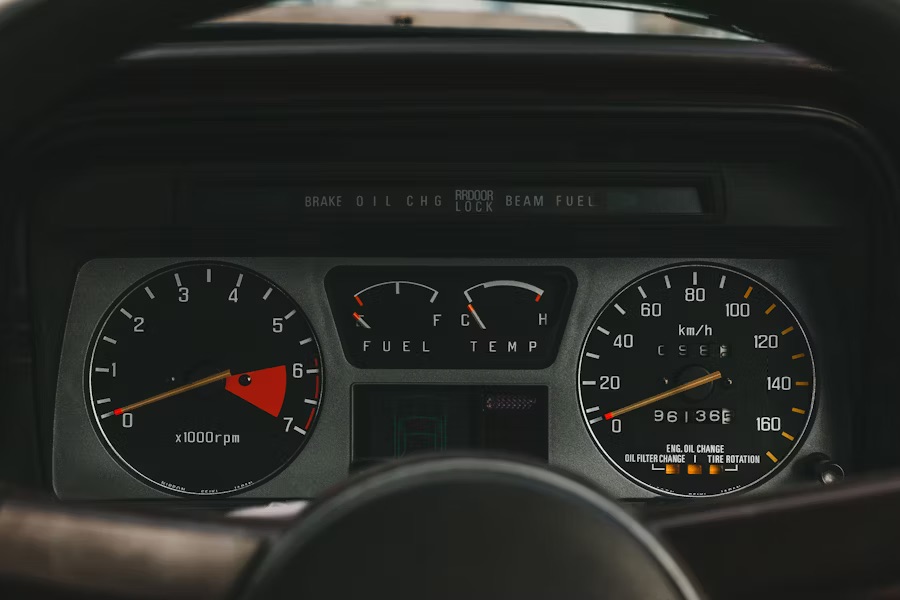
Mastering fuel efficiency on your Camry Hybrid starts with adapting the right driving techniques and maintenance habits. Here are seven proven strategies to boost your vehicle’s mileage:
1. Master Pulse-and-Glide Driving
Embrace a hybrid-specific driving method that balances engine power and electric momentum. You can:
Maintain speeds between 40-60 km/h in EV mode to optimize battery use.
Anticipate stops effectively, which helps recharge the battery through regenerative braking.
Use cruise control on highways; studies show it can reduce speed fluctuations by around 18%, ultimately supporting better fuel economy.
This approach not only refines your driving skills but directly influences how efficiently your Camry Hybrid uses fuel.
2. Follow Essential Maintenance Practices
Regular upkeep of your vehicle is crucial for maintaining peak mileage. Adopt the following checkup routine, which has been proven to help increase fuel efficiency:
Every 5,000 km: Check your tire pressure to maintain an optimal contact patch, which directly improves fuel economy by 1.2-3.1%.
Every 10,000 km: Replace your air filter. A clean air filter can improve fuel intake efficiency, resulting in an estimated 2.8% gain.
Every 15,000 km: Conduct a full hybrid system inspection to prevent efficiency losses of up to 7%.
Sticking to these maintenance tasks is especially important for adapting to the region’s demanding driving conditions.
3. Utilize Smart Climate Control
Your 2025 Camry Hybrid is equipped with an updated thermal management system aimed at reducing unnecessary fuel consumption. You can enhance its benefits by:
Pre-cooling the cabin while plugged into a power source, saving roughly 0.8L/100km on fuel.
Opting for seat heaters instead of full HVAC usage when ambient temperatures are above or below 22°C.
Activating the recirculation mode to reduce the air conditioner's load, which can lower energy use by 31%.
Adopting these methods is a simple yet effective way to keep your energy consumption in check despite the region’s high temperatures.
Why the 2025 Models Deliver Better Efficiency
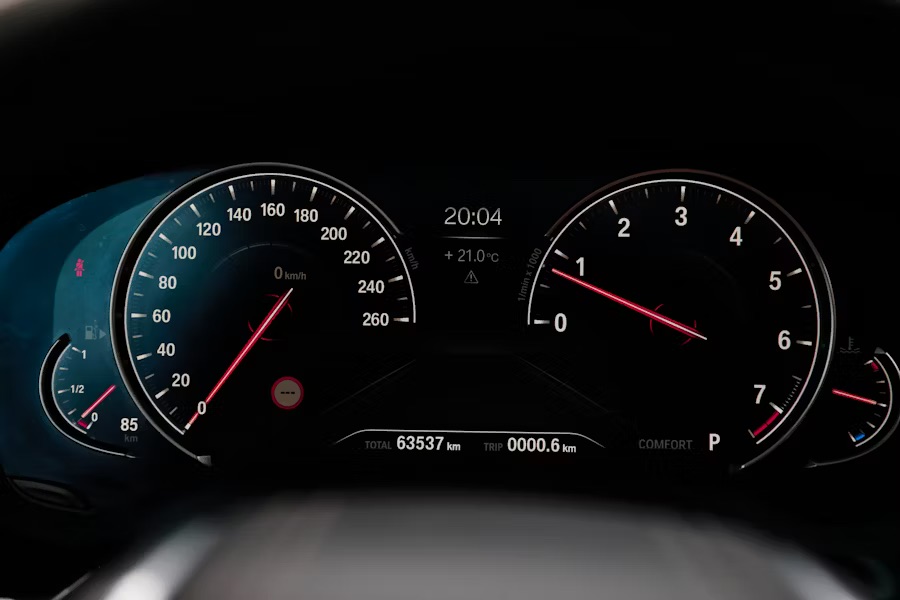
The advancements introduced in the 2025 Camry Hybrid underscore Toyota’s commitment to efficiency. The improvements include:
Upgraded Hybrid Synergy Drive
Toyota’s fourth-generation hybrid system introduces several enhancements:
A 14% faster electric motor response for smoother transitions between power sources.
A power control unit that is 9% lighter, contributing to overall vehicle efficiency.
An impressive 22% improvement in energy regeneration, ensuring that every drop of fuel is put to better use.
Aerodynamic Enhancements
Aerodynamics play a crucial role in fuel efficiency. The vehicle now features:
Active grille shutters to streamline airflow and reduce drag.
Underbody panels that cover up to 92% of the chassis, further cutting down energy wastage.
A rear spoiler optimized for speeds between 110-130 km/h, ensuring stability while maintaining efficiency during highway driving.
Real-World Mileage Comparisons
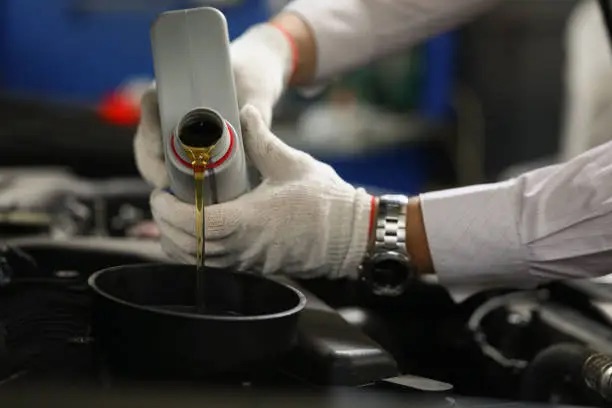
Testing in typical GCC conditions, such as the warm and mixed driving environments found in Dubai, highlights real-world benefits. Compare the performance of the 2023 model with the enhanced 2025 edition:
Driving Scenario | 2023 Model | 2025 Model |
|---|---|---|
City Driving (35°C with AC) | 5.1L/100km | 4.8L/100km |
Highway Driving (120 km/h) | 5.4L/100km | 5.0L/100km |
Peak Traffic (Average 25 km/h) | 4.3L/100km | 3.9L/100km |
These comparisons also help you gauge achievable savings in everyday GCC driving scenarios, where temperature and traffic conditions frequently challenge fuel efficiency.
Battery Longevity Tips
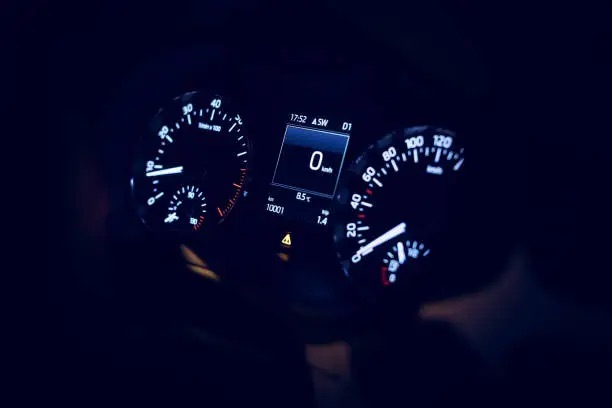
Protecting your hybrid battery is key to long-term performance. Here are essential tips to extend battery life:
Park in shaded areas on days when temperatures exceed 40°C to avoid additional heat stress.
Aim to maintain a battery charge between 20-80%—this minimizes degradation over time.
Regularly update your energy management software, ideally on an annual basis, to ensure optimum battery performance.
Avoid letting the battery discharge fully by not leaving the vehicle idle for more than 3 days.
When maintained properly, the 2025 nickel-metal hydride battery can retain about 89% of its capacity even after 160,000 km, making it highly reliable in the harsh Gulf climate.
Looking Ahead:The Future of Hybrid Efficiency
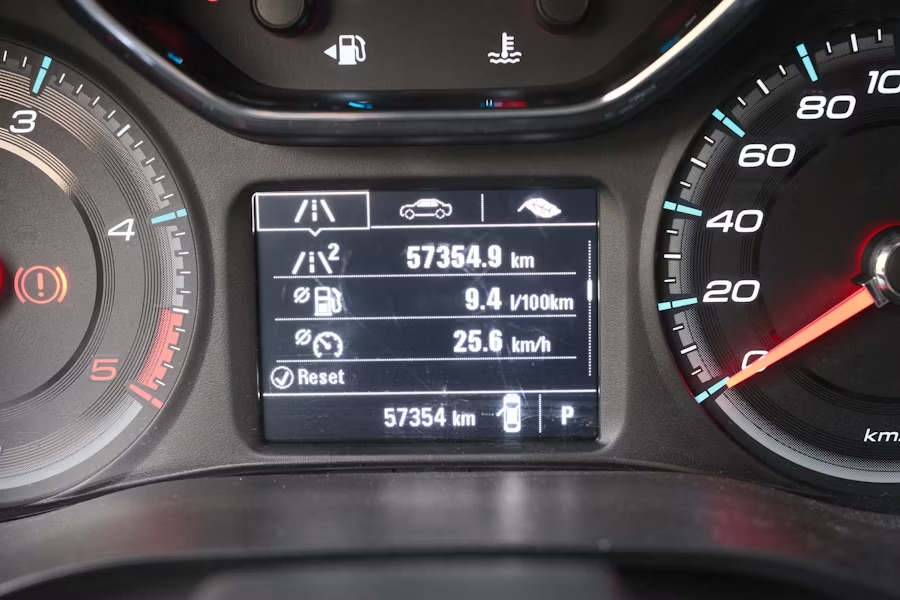
Toyota’s roadmap toward 2030 hints at groundbreaking innovations for hybrids:
Integration of solar roofs that could potentially add an extra 15 km of range per day.
Predictive efficiency mapping using GPS data, allowing for more precise fuel management.
Adoption of ultra-low rolling resistance tires that promise an 8% improvement in mileage efficiency.
The emergence of AI-powered driver coaching systems designed to guide you in maintaining optimal driving habits.
These developments are set to elevate the driving experience, particularly for GCC drivers looking to blend advanced technology with practical fuel savings.
FAQ
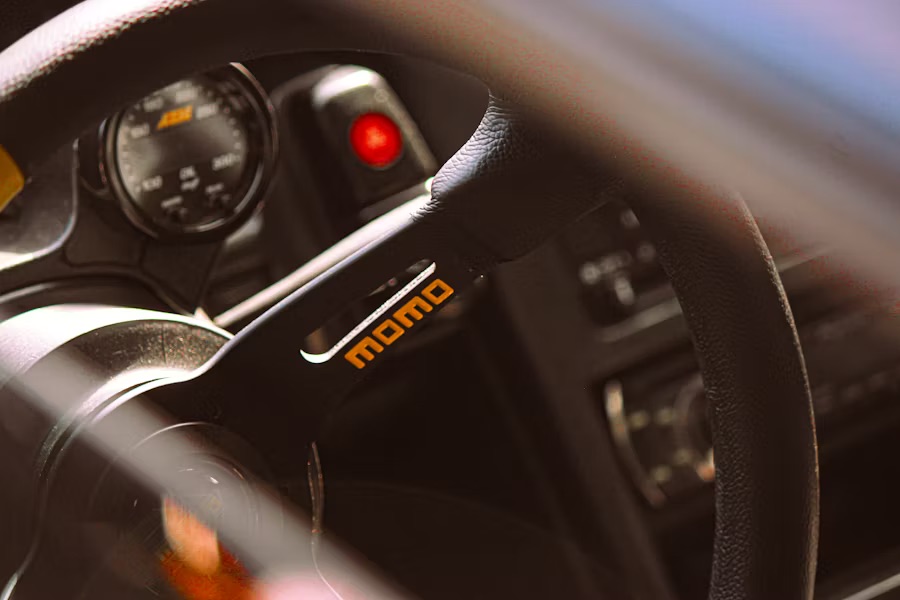
Q1:How can I improve my Camry Hybrid mileage during hot GCC summers?
Experiencing high temperatures can affect fuel efficiency, but you can combat this by using smart climate control features. Pre-cool your car while it’s plugged in and opt for seat heaters over full HVAC usage. Regularly maintaining your hybrid system is also vital. These steps help ensure minimal impact on your overall mileage even during the hottest days. Practical fuel-saving driving habits further boost performance.
Q2:What regular maintenance should I follow to keep my hybrid system efficient?
Following a strict service schedule is key. Always check tire pressure every 5,000 km, replace air filters every 10,000 km, and complete a full hybrid system inspection every 15,000 km. This routine not only maintains your car’s efficiency but also prolongs the life of critical components. Such preventive measures are crucial for drivers in the GCC where environmental factors can stress vehicle systems.
Q3:Is the upgraded Hybrid Synergy Drive really beneficial for me as a GCC driver?
Absolutely! The enhanced hybrid system responds 14% faster and improves energy regeneration by 22%. With a lighter power control unit, the vehicle enjoys smoother transitions and more efficient energy use. For GCC drivers, this means better handling during stop-and-go traffic and in extreme temperatures. This technology is specifically designed to meet the challenges of regional driving conditions.
Q4:How does the aerodynamic design of the 2025 model contribute to fuel efficiency?
Aerodynamics play an essential role in reducing fuel consumption. Features like active grille shutters, well-designed underbody panels, and a rear spoiler optimized for GCC highway speeds work together to decrease drag. This not only improves road handling but also helps in lowering fuel consumption. The design innovations ensure that every kilometer driven is as efficient as possible.
Q5:What steps can I take to extend the life of my hybrid battery?
You must adopt careful practices to protect your battery. Always try to park in the shade during extreme heat and maintain a charge between 20-80%. Additionally, regularly updating your car’s energy management software and avoiding long periods of disuse will help preserve battery capacity. These proactive measures are essential for ensuring your battery lasts longer, especially in the high temperatures of the GCC.
Note:This article is for reference only; please adhere to the latest local laws and regulations.
Read More:
How to Get a Car Loan in UAE:2025 Step-by-Step Guide
How Much Is Car Insurance in 2025?Complete Cost-Saving Guide
How to Refund Car Insurance in Saudi Arabia (2025 Step-by-Step Guide)
8 pics

Mustafa Karim, having been deeply involved in automotive research and development for over ten years. He is fond of Japanese cars, and their precise and energy-efficient features have influenced him. In his spare time, he loves Japanese anime and kendo, drawing inspiration from them for control system research and development. He also often shares cutting-edge automotive knowledge on platforms, contributing to industry innovation and adding strength to automotive development with his expertise.
